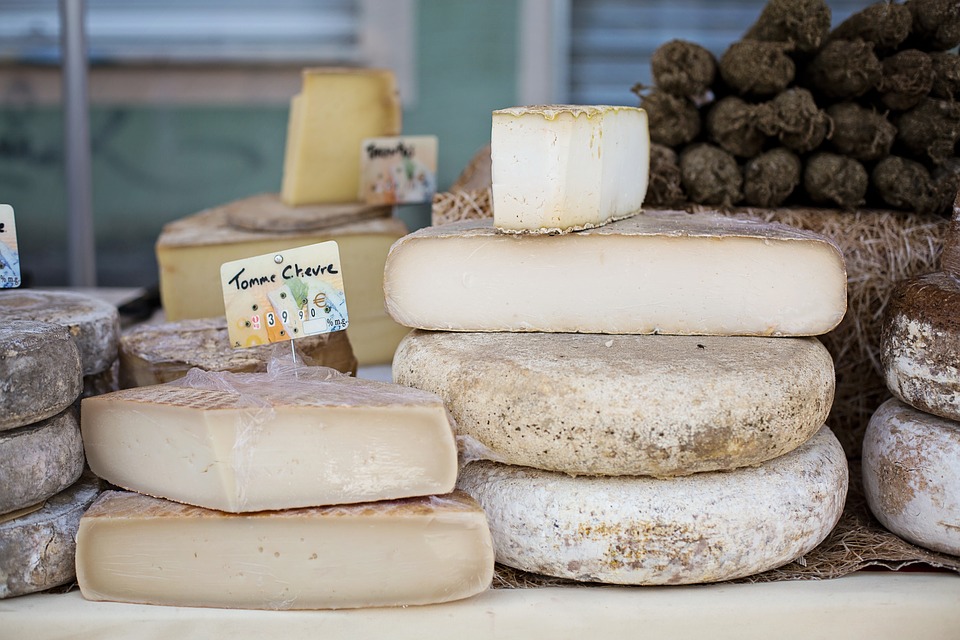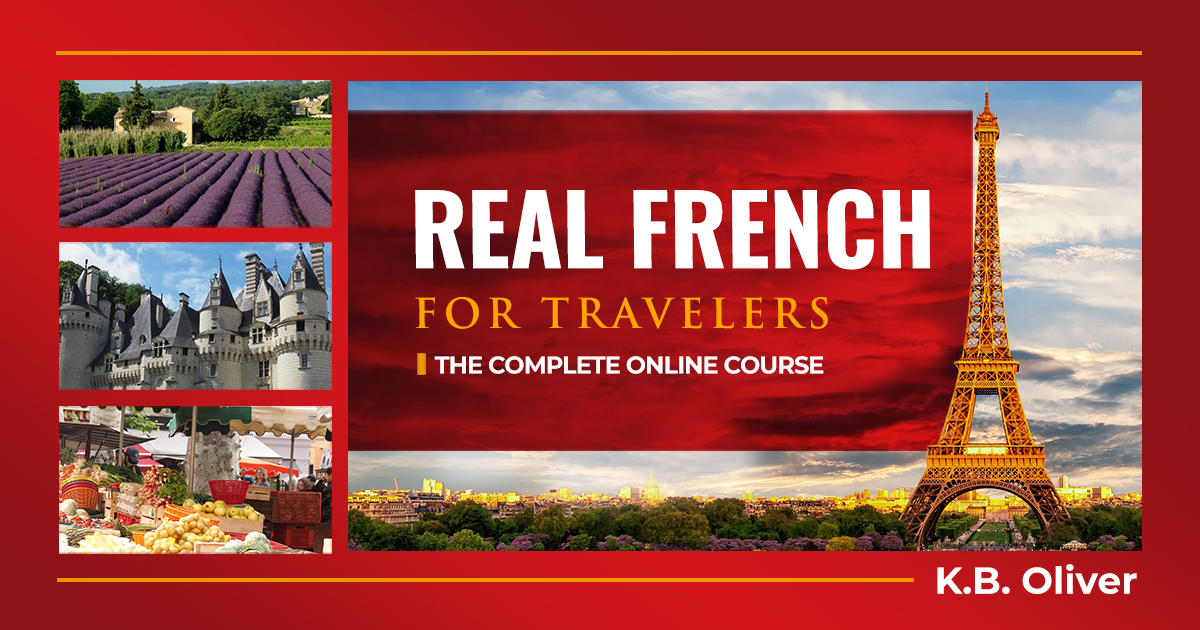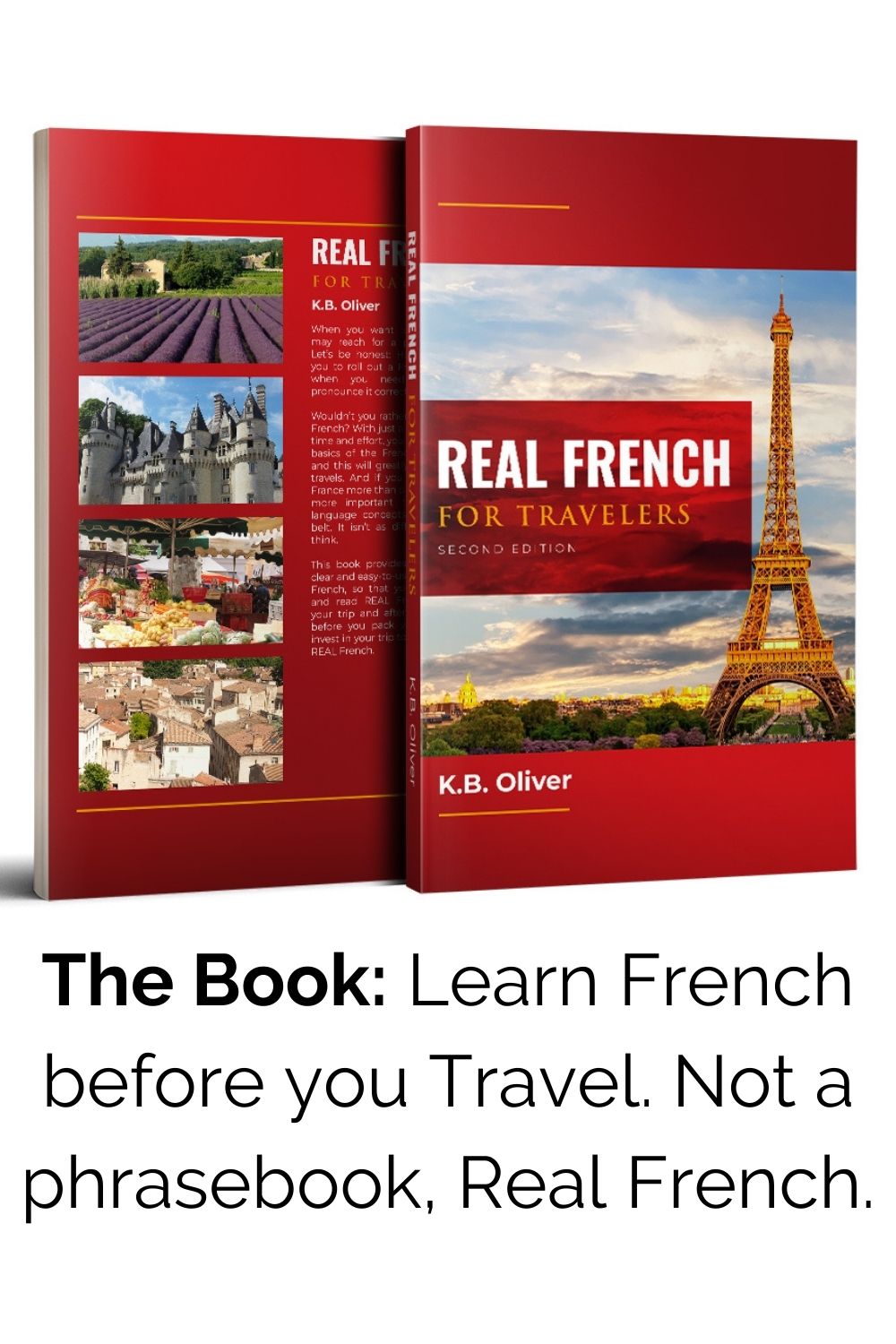What began centuries ago in a French monastery is now one of France’s largest exports and revered by the French as well. French cheese is one of the country’s notable accomplishments, with over 350 primary types.
With all these choices, you’ll probably want a cheese crash course. First, your guide to enjoying cheese (for those who just want to enjoy), then a quick overview for 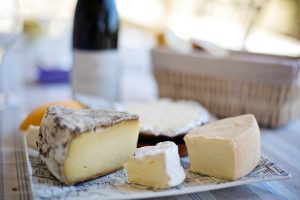 those who want to enjoy and learn more.
those who want to enjoy and learn more.
Practical Guide to Cheese-Eating in France
In many restaurants in France, you can choose a cheese course after your meal either before or instead of dessert. Typically, several kinds of cheese are served on a cheese board or platter and will consist of both hard and soft cheeses, with possibly a bleu included.
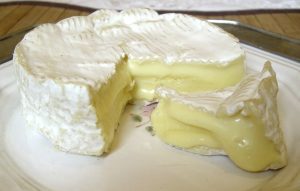
Camembert French Cheese
These cheeses are delicious with slices of baguette and a glass of wine. Red wines go well with most cheeses, but a lighter red wine will pair better with a strong-flavored cheese. Sweet wines don’t go well with cheese. Dry white wines can also go well with cheese, depending on the type. Try a combination yourself or ask your waiter for suggestions.
Cheese is often still sold in cheese shops called “fromageries”, as well as from farms and in supermarkets, as well as the weekly outside market. Experiment a little and see what you like!
You should also try regional meal specialties based on cheese, like fondue, tartiflette, and raclette. Tartiflette is a popular dish made with Reblochon, a soft, white cheese with a stronger flavor than Brie. It’s made with potatoes, onions, and bacon. Yum! Raclette cheese is melted and poured over boiled potatoes. These meals, as well as cheese fondue, are particular to the Alps region, but you can find them elsewhere too.
Here’s your brief guide to French cheeses
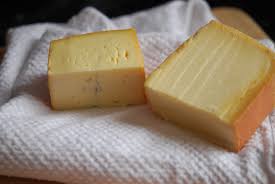
Morbier and Raclette
French cheese can be made from cow’s milk, goat milk, or sheep milk. The milk can be pasteurized or unpasteurized. In the latter case, you likely won’t be able to take any home with you because of customs restrictions.
Every region has its cheese specialties. There is even an AOC (appellation d’origine controllée) label for some cheeses, certifying they have been made according to strictest guidelines.
Some cheeses have been around as long ago as the 8th century, such as Brie and chèvre (goat cheese.)
For our purposes, we’ll talk about three large categories of cheeses in France.
Pressed Cheeses: These are firmer and made of cow’s milk. Cantal and Comté are examples of harder, pressed cheeses. They usually have a slightly strong flavor. Other examples are Mimolette, which looks like cheddar but doesn’t taste or melt like it, and Emmental, which is similar to Swiss cheese.
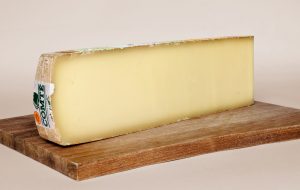
Comte cheese
Soft cheeses include Brie, Camembert, St. Nectaire, Pont l’Evèque (similar to Brie but square), and Munster, which is a strong-tasting cheese from eastern France. (St Nectaire is thought by some to be the most delicious. I tend to agree!) Goat cheeses are soft and most are mild in flavor. In fact, most soft cheeses are milder-tasting than pressed cheeses.
Bleu cheeses: These have their own category. These blue-veined or blue-spotted cheeses are often very sharp-tasting. Examples are Roquefort, Bleu d’Auvergne, and Gorgonzola.
Some cheeses have their rinds washed as part of the production process, while others don’t. Washing the rinds during aging gives the cheese a softer rind.
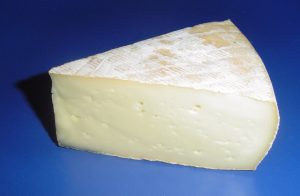
Saint-Nectaire Cheese
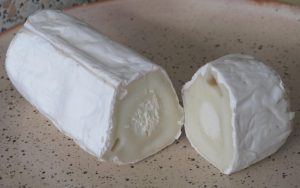
Buche du Poitou Goat Cheese
If you are visiting France and you like cheese, you shouldn’t miss out on tasting several varieties of cheese, especially those you won’t be allowed to take with you back home!
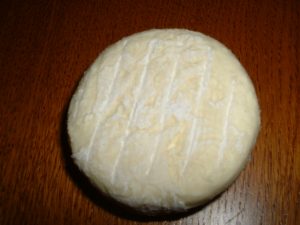
Saint-Marcellin Cheese


